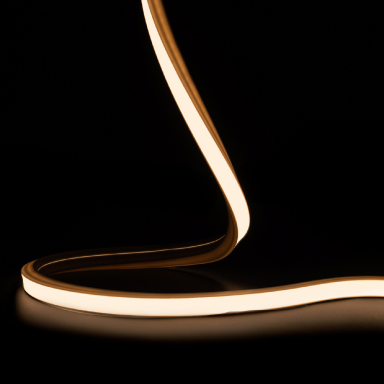Have you ever wondered how to add realistic lighting effects to your photos using Photoshop? Look no further! In this tutorial, we will explore the powerful Lighting Effects filter and learn how to apply it to your images. Whether you want to add colored gels or create dramatic spotlights, this guide will show you how. So, let's get started!

Making Colored Gels in Photoshop
Let's begin with the process of adding colored gels to your photos. Choose a photo from Adobe Stock or your own collection and follow these steps:
Step 1: Access the Lighting Effects Filter
In Photoshop, go to Filter > Render > Lighting Effects. Note that you need to be in RGB mode and 8-bit color for this feature to work (check under Image > Mode).
Step 2: Select the Spotlight Effect
Under the presets at the top of the Lighting Effects panel, choose the Triple Spotlight effect. These presets provide a quick way to get started, and some of them have a fantastic look.
Step 3: Adjust the Light Settings
Use the points to change the size, brightness, and angle of the light. You can also adjust the hotspot for a softer falloff.
Step 4: Add Color to the Light
Click on the Color option to add a touch of color to your light. Inside the square swatch, drag to choose the desired color. It works just like the color picker in Photoshop.
Step 5: Fine-tune the Light Intensity
Use the Intensity slider to control the brightness of the light. Adjust it to your liking.
Step 6: Enhance the Overall Brightness
If you want to brighten the rest of the photo, use the Ambience slider. This adjusts the overall brightness of the entire image.
Step 7: Experiment with Different Lights
Choose a different light to modify by clicking on it in the Lights panel.
Step 8: Add Complementary Colors
If you want to add different colors to your lights, choose a complimentary color. Click inside the swatch and select the desired color.
Step 9: Customize the Lighting Effects
Feel free to play around with the lights and settings to achieve the desired effect. You can hide or remove lights as needed.
And there you have it! By following these steps, you can create the illusion of colored gels on spotlights and achieve stunning lighting effects in your photos.
Read more: Step By Step Guide How to Fix a LED Light Strip
Lighting a Photo with a Spotlight and Realistic Texture
Now, let's take it a step further and learn how to create a dramatic spotlight effect with realistic texture. Follow these steps:
Step 1: Access the Lighting Effects Filter
Once again, go to Filter > Render > Lighting Effects.
Step 2: Choose the Soft Spotlight Effect
Select the Soft spotlight preset from the Lighting Effects panel.
Step 3: Position the Light
Resize and reposition the light to create a dramatic spotlight effect. Try casting the beam from the left side for a striking effect.
Step 4: Adjust the Ambience
Increase the Ambience slider until the background becomes slightly visible, creating a strong spotlight effect. This can also help simplify a busy image and provide a space for adding text.
Step 5: Add Realistic Texture
Under the Texture section, choose a texture channel. Start by selecting red and set the value to 1. This will enhance the texture and create realistic shadows.
Feel free to experiment with different textures and settings to achieve unique results.
And there you have it! By following these steps, you can create stunning spotlights with realistic texture in your photos using Photoshop's Lighting Effects filter.
Read more: How To Disconnecting A LED Light Remotes Easy To Follow Steps
Frequently Asked Questions
Q: What should I do if Lighting Effects isn't working?
A: Here are some common solutions to troubleshoot this issue:
- Ensure that you are in RGB mode and 8-bit color (under Image > Mode).
- If you can't see the controls, press Cmd/Ctrl+H.
- Check if "Use Graphics Processor" is turned on under Preferences > Performance.
- Occasionally, you may need to quit Photoshop and reopen it when changing texture channels due to minor bugs.
We hope you found this tutorial helpful. If you have any further questions or need assistance, feel free to reach out. Happy Photoshopping!
Read more: Troubleshooting Guide - LED Light Strip Remote Not
























